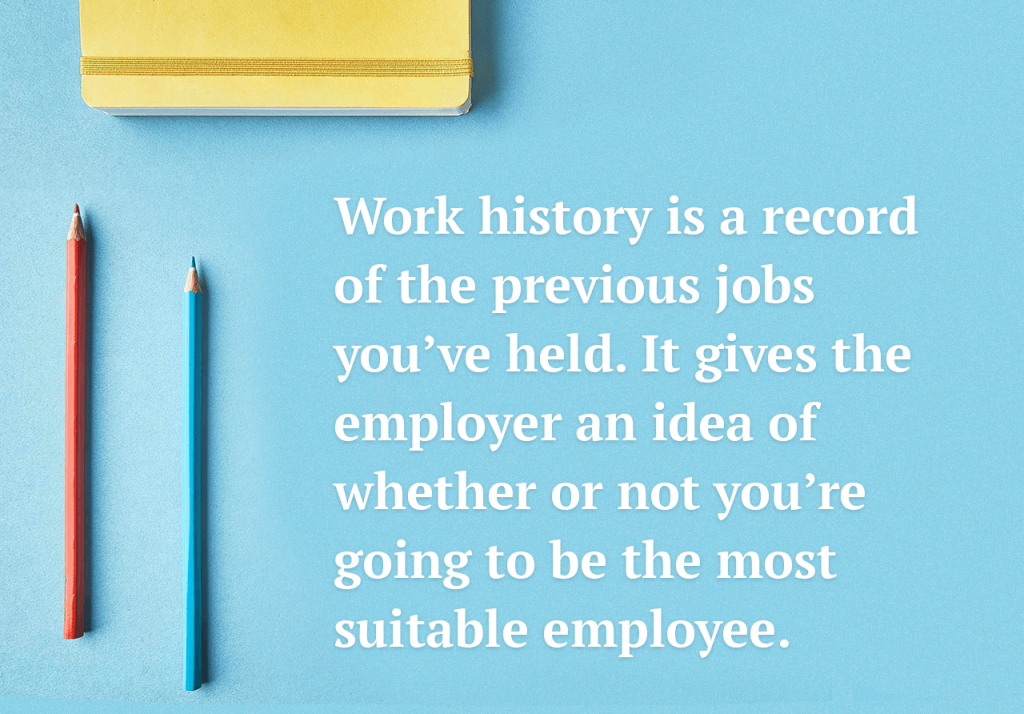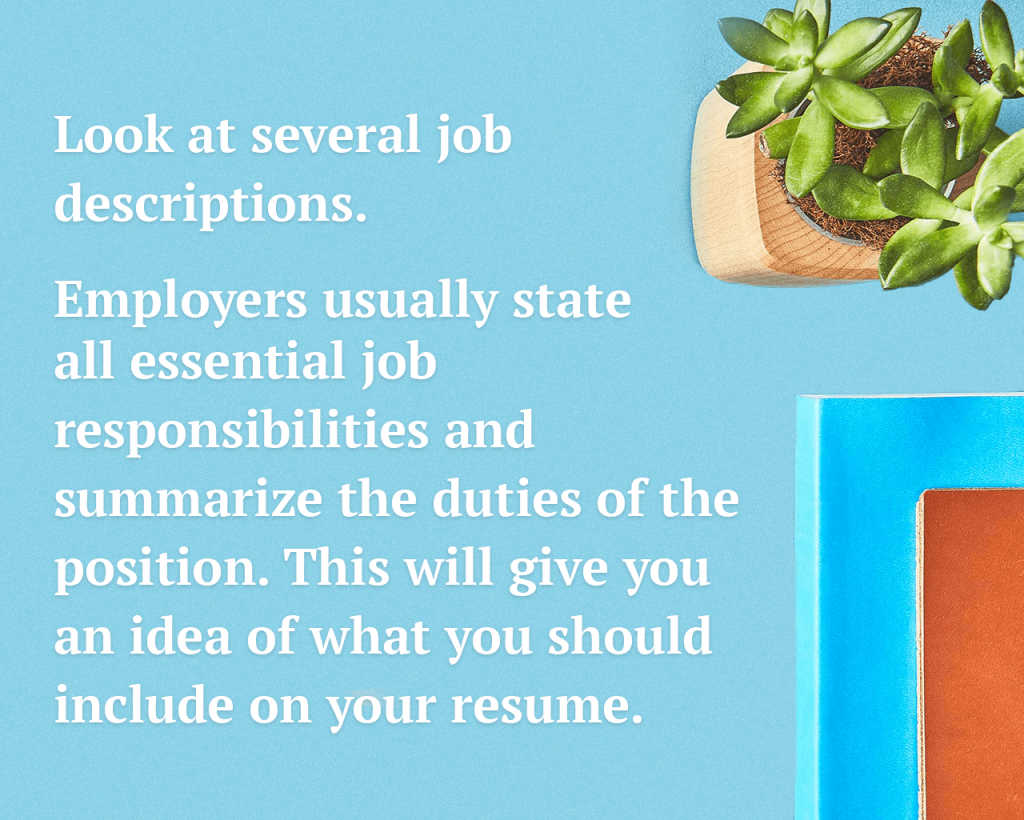According to recent statistics, approximately 72% of adults are passive job-seekers. That means that hundreds of candidates are aiming for your potential job. And they might be more experienced and skilled than you.
We’re sure there are many advantages to hiring you. But to beat all those competitors, you, yesterday’s student, need to have an ace up your sleeve.
And yes—we know exactly what will become your secret weapon: resume writing.
Do you know how much time recruiters spend looking at a candidate’s resume? 10 minutes? 15 minutes?
Wrong. Only 5-10 seconds. This leads us to the following problem:
How to make a resume that every recruiter will connect within just a matter of seconds?
Our article will help you improve this significant part of the job application process.
📄 What Does a Resume Look Like?
To start writing the perfect resume, we first advise you to reread the resume definition: a visualized description of a job applicant’s skills, education, and experience.
To develop a great resume, you need to be a writer and an advertiser at the same time. Why? To sell the main product as profitably as you can. And the main product is your services.
You should also understand the difference between resume and CV. A CV (Curriculum Vitæ) is a detailed text developed to show your achievements and biographical details. It’s usually much longer than a resume and is never tailored to a particular job offer.
On Uptowork, you can find many impressive resume examples to use as patterns or just to copy some details from them.
📜 Types of Resume Formats
The first thing to do when writing a resume is to determine the setup you prefer. We recommend that you choose from the following two types (or make a combination of these formats):
⌛ Chronological Format
This is a simple and typical type of resume formatting. According to this structure, you should place your most recent experience and all its relevant information at the top of your resume.
This order helps recruiters evaluate all the previous experience you have and decide whether your skills are suitable for the vacancy.
⚙️ Functional Format
Professional resume writers are fans of this type of format. These resumes don’t include every single point of your work history.
Instead of experience, this basic resume format focuses on skills. This type of resume first appeared because the majority of recruiters don’t need to know about all of your previous workplaces. For example, if you’re applying for a Lead QA Engineer vacancy, your experience as a KFC crew member makes no sense to include in your professional resume.
📑 Which Resume Sections to Include
A typical resume structure contains several primary categories:
☎️ Contact Information
What do we await after a job interview more than anything? That’s right—the recruiter’s call.
To make this happen in the future, you need to put all your important contact information at the top of your resume now.
You need to include both your phone number and e-mail address.
A couple of tips to make a professional resume:
- Don’t put your physical address. This was an important part of resumes before, but now no recruiter needs to know it.
- Add only one telephone number. Including two or more numbers is not a sign of a good resume. An employer should be able to contact you by making just one call.
- 76% of resumes are discarded because of an unprofessional e-mail address. Make sure you give the right e-mail address—usually one that’s made up of your initials.
✅ Resume Objective
Does your text say why the recruiter should choose nobody else but you?
Use the objective section to explain why you’re applying for this job. List your key skills and any previous experience connected with the vacancy.
Put all this information into 2-5 sentences. Write precisely and briefly.
🎓 Education History
At the top, list the most recent degree you earned. If you have a master’s degree, list it before the information about your bachelor’s degree.
Your resume structure will also allow you to include some achievements. Be careful to list only those things that would be meaningful to your recruiter.
If you’ve received a bachelor’s degree, there’s also no need to add information about your high school.

🔨 Work History
Some people have so much experience in their field that it’s difficult to insert all the information into a one-page resume.
But what about those people who don’t have experience?
The secret to an effective high school student’s resume is to change up the type from chronological to functional. Focus on your skills and knowledge and show how beneficial it will be to hire you, and no one will pay attention to the lack of experience listed on your student resume.
💡 Skills for Resume
Companies are always looking for talented team members. Oftentimes, the skills on a resume mean more to an employer than your work history. That’s why you should choose these characteristics carefully.
There are three main rules to listing skills:
- Don’t lie! Lying on a resume is really apparent, even if you think it’s not. Be honest about your skills and experience.
- Don’t be too shy. 67% of recruiters say candidates make a negative impression by avoiding eye contact. The same is true about your resume.
- Don’t use clichés. Creative, responsible, punctual—employers have seen all these features a hundred times. Be original when building a resume.

Of course, there are some skills to add to resume that can be considered recruiters’ favorites. Here are the top 10 abilities that employers want to see on a college student resume:
- Leadership
- Communication skills
- Quick learner
- Time management
- Problem solving
- Teamwork
- Innovative
- Research skills
- Critical thinking
- Computer skills
Decide which of these abilities are most relevant to you. Now you can use them to build a resume that describes your very best features.
But to become a resume genius, listing your advantages as a worker isn’t enough.
For effective resume building, it’s also important to explain which office software programs you can use. The key point to this idea—prove your knowledge.
For example, if you say you’re an experienced Microsoft Excel user, name a certificate that you have earned on this topic.
✒️ Resume Style
Once you’ve collected all the information you need, it’s time to start resume formatting.
Surely, you can find hundreds of resume examples online to use as patterns. But how will you know whether you’ve made a good choice or not?
We prepared several tips so that you can improve your resume design.
❓ How to Format a Resume
- The best fonts for a resume are Arial, Calibri, Times New Roman, Helvetica, and Georgia.
- The most appropriate resume font size is 12 points.
- Incorporate columns for a better structure and visual appeal.
- A one-page resume is a nice length for college students.
📂 What to Put on a Resume
Your resume header should include your first and last name.
Include the resume sections that you think are most appropriate for the vacancy you’re applying for.
Don’t add a photo to your resume. 88% of candidates are rejected if they use their pictures.
👁️ What Does a Resume Look Like?
- Add white space to format your resume better.
- Use infographics and pie-charts instead of tables and texts.
- Use colors for a better perception of your resume structure.
1. Make it Appropriate for the Vacancy
It’s time to remind you about the CV vs. resume distinction. To develop a good resume, you should tailor it to the job application.
Often employers see biographies full of clichés—responsible, likes to work in a team, hard worker… It’s great that you can stick to this simple resume format. But recruiters want to see your actual skills and knowledge.
Let’s take as an example a high school student resume with no work experience. Imagine that you want to get a summer job and are writing a babysitter resume.
What will you write?
“I like kids, and I look after my two brothers on the weekends”?

For an employer, it’s significant to understand what exactly you can do. That’s why you should take our following advice on how to make a resume for a job.
In Google, type in “babysitter duties” or “nanny responsibilities.”
You’ll get several websites with all the information you need. According to the resources, a babysitter should know how to prepare formulas, bathe children, prepare easy snacks, discipline kids, and so on.
From all of these listed skills, choose the ones you’re great at and include them in your text.
There’s also another way.
In Google, type in “babysitter forum” or “nanny problem.”
This way, you will find the typical difficulties that your colleagues encounter while looking after children.
For example, you may find good information on the topic of “How to stop a child’s hysteria.”
If you know the answer, add it to your babysitter resume.
2. Finish Some Courses

What do employers expect to see when reading a college student resume?
Proof that you’ve learned a lot over the last few years.
Of course, you’ll write what degree you have. But it’s much better to show that you love learning and care about your professional development.
Finish some courses on one of the following educational websites. Many of them give users the opportunity to earn certificates.
Applying these certificates to your student resume will make you a more valuable candidate:
There are a lot of time management, office software, business communication, and computer skills that can be useful for both a high school student resume and an experienced worker resume.
3. Eliminate These Resume Buzzwords
Not every positive word is great for a professional resume. We prepared a list of resume buzzwords that can harm your job application:
- Think outside of the box. A person who follows the rules can’t say such a cliché.
- Hard worker. You’re supposed to work studiously when applying to a job.
- Creative person. This is a resume buzzword that has lost its meaning. If you play the guitar or paint and want to share it—say it directly.
- Results-oriented. This is obvious—every employer demands results. It’s better to say that you can set the right goals and distinguish important tasks from unimportant ones.

- World-class. Avoid this cliché whether you’re talking about your own skills or recent companies you’ve worked with.
- Responsible. Whether it’s a college student resume or a professional one, responsibility is what is expected from you.
- Phone and e-mail. You shouldn’t write these words out before your personal information because it’s obvious that these symbols represent your telephone number and email.
These resume killers should vanish from your text as soon as possible.
4. Use Online Resume Builders
There are plenty of resume builders online. We don’t advise you to use them as templates, but the questions they offer are really helpful to get inspired for writing.
Look at these examples:
There are of course some benefits to using these sites for writing resumes:
- Speed. You can make a resume within 15 minutes.
- Simplicity. You just answer questions on a well-designed website.
- Formatting. You don’t have to spend time formatting your resume.
But there are also some negative points to such a resume writing process:
- Lack of originality. If you develop a resume for college students with the help of these services, you’ll have a typical text with the same alignment of elements as thousands of other students.
- Chronological format. As you’ve learned from this article, the best resume examples for college students are typically written according to the functional resume format. But resume builders usually use a chronological one.
- Generic result. What do you need to develop a designer resume? A list of software you know how to use, courses you’ve finished, and a nice portfolio. The need to tailor your resume to the job opening is another reason to make your resume on your own.
But we have another option for those who need a resume in a short time: resume templates.
📥 Download Resume Templates
Custom-writing.org has prepared several links with resume templates tailored to the most frequent vacancies for which students search. Just choose the one you’re most interested in, and edit it to make it your own unique text.
Don’t be shy to correct or change anything you like. You can download these student resume templates by following the links below. This way, you will know how to make a resume that your employer is sure to like:
You might also be interested in:
![41 Top Study Blogs for Students in College [2025 Upd.]](https://custom-writing.org/blog/wp-content/uploads/2020/12/students-in-a-library-284x153.jpg)






![15 Basic Writing Rules – Common Mistakes & Fixes [2025 Upd.]](https://custom-writing.org/blog/wp-content/uploads/2020/12/people-performing-their-job-duties-coworking-space-284x153.jpg)




First time visiting your website, I enjoy your site!
Thanks for your kind words! We look forward to seeing you again, Clarissa!